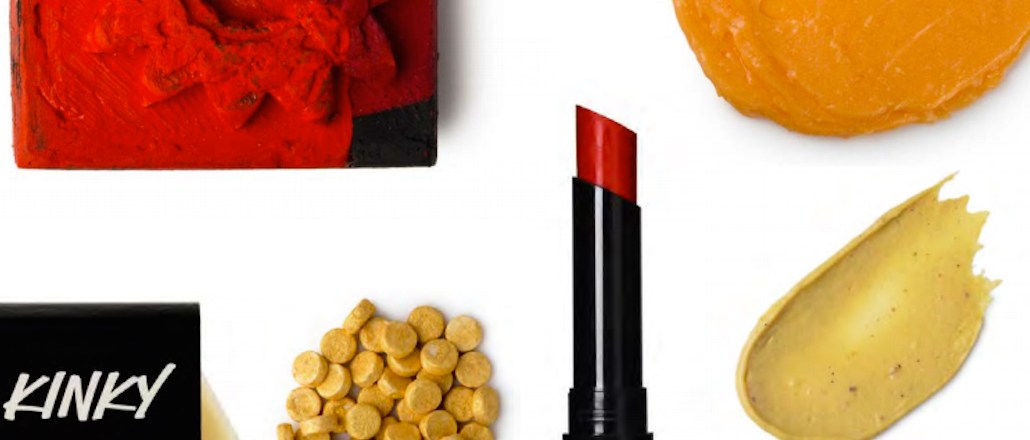
Baskets of candy-colored “bath bombs,” Lush Cosmetics’ signature product, make the store feel more like a confectionery than a skincare shop. For the beauty-obsessed, a visit can stir the same youthful excitement: Pots of body butters, balms and eccentrically shaped soaps are all available to smell and slather on.
It’s tough to translate that sensory experience to the digital realm, though.
And yet, while most of Lush’s revenue is still made in brick and mortar stores, Lush’s digital footprint has climbed since 2011. The website’s unique visitor level has more than tripled in the last four years, and is projected to reach 13.5 million this year. Digital revenue has climbed from $8 million to $30 million in the same period out of total 2015 projected sales of $300 million. (Figures are for North America.)
While e-commerce accounts for just 10 percent of Lush’s total revenue, president and CEO Mark Wolverton said growth so far has been mostly organic, and he believes it will continue to increase, to $44 million in 2016.
“Our customers have become our biggest advocates,” said Wolverton. “We operate very few paid marketing channels, so word of mouth and social media play the biggest part in allowing us to engage online.”

Lush touts its products and ingredients as cruelty free, handmade, vegetarian and ethically traded. The digital strategy is based on its transparency — the manufacturing processes and ingredients behind each product are shared on the site, which inspires these customers to spread the word, said Wolverton. Some of Lush’s most popular products have hundreds of online reviews, like its best-selling King of Skin body butter, which has 295 reviews and a 96 percent recommendation rating.
Ad position: web_incontent_pos1
The site also serves to recruit new customers who may not be near one of Lush’s 178 U.S. stores. To that end, product pages on the website are packed with ingredient information and reviews to help give people confidence to purchase. There are also 15-second videos demonstrating how products work.
“The company puts itself out there, and you can tell they feel invested in their product,” said Jessica Navas, chief planning officer of Erwin Penland, a branding agency. “That helps inspire people to take risks in new products, and if one thing doesn’t work out, they’ll likely keep trying.”
Lush frequently adapts its product videos for Instagram, where it has 1.6 million followers (the most out of any of its social channels). A recent video for a seasonal product — Nightwing Shower Jelly, in the shape of a bat for Halloween — received 50,000 likes and 3,000 comments. Lush also uses its handles to advocate for social causes. A recent campaign, #GayIsOK, sold gold soap bars printed with the hashtag and raised $425,000 for LGBTQ rights advocates.
Wolverton said that Lush has plans to grow both online and in-store traffic (in North America, foot traffic has increased from 8 million in 2011 to 28 million in 2015). The retailer is looking to use tablets for easier in-store communication as well as digital “light boxes” that will display changeable messages.
Ad position: web_incontent_pos2
To connect more closely with digital customers, the brand is also launching Lush Kitchen, an online branch that will create small batches of products that are available online only. Products will be sent out the same day they are made for maximum freshness, and Wolverton hopes that the innovation will secure loyal online customers. Videos will show how products are made and answer customer questions.
“Skincare is already personal, and this feels like personal involvement from the company,” said Navas. “Sephora is great, but it’s more like a vending machine. Lush feels like they’re making things just for you.”
Image via Lush
More in Marketing

In the marketing world, anime is following in the footsteps of gaming
As marketers look to take advantage of anime’s entry into the zeitgeist, they might be wise to observe the parallels between the evolution of anime as a marketing channel and the ways brands have learned to better leverage gaming in recent years.

With the introduction of video ads and e-commerce, Roblox looks to attain platform status
Roblox is expanding into more areas than just ads in 2024. Much like platforms such as Amazon and Facebook have transcended their origins to evolve from their origins as online marketplaces and social media channels, Roblox is in the midst of a transformation into a platform for all elements of users’ virtual lives.

PepsiCo wants to remain a ‘driver of culture’ as it turns to influencers and activations amid rebrand
The soda-maker says it can translate cultural relevance into sales volume.
Ad position: web_bfu